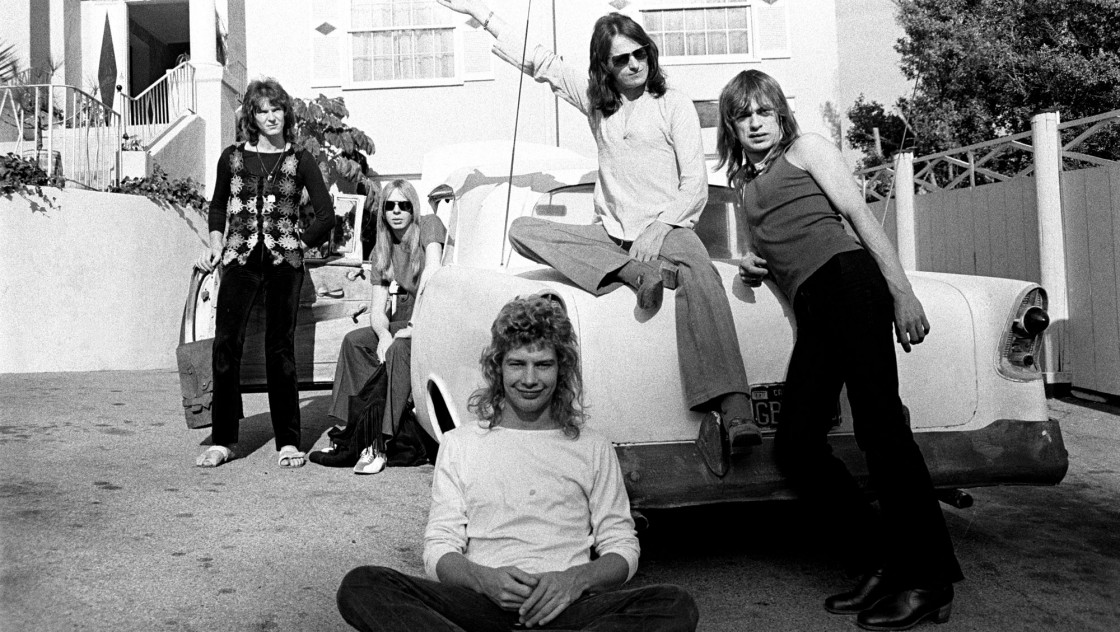
10. Propagandhi Victory Lap (2017)
File Under: Punk Rock
My write-up for Victory Lap at the top of my Best of 2017 list is probably my worst piece of music writing I have attempted in the last five or so years. I wrote 2,340 words on that one album in an attempt to capture my feelings. I got carried away, I tried to say too much. It was an honest endeavor. When it comes to Propagandhi, I have a million thoughts racing through my head. At some point in the last decade, they transcended from a band I greatly enjoy to a band I deeply love. I don’t just want to chat about Propagandhi, I want to devour every word, every riff, every snare roll, every bass run, and pontificate on it for hours (and yes, there is a Prop-cast for that – the essential Unscripted Moments – to make me feel a little less lonely). Propagandhi are a band that makes me feel things. Propagandhi are the kind of band that have changed how I want to write my own music. They are a band that makes me want to reconsider my own politics and worldview. Even if you don’t know my musical taste, there’s a good chance that there is something you know about me that has been influenced by Propagandhi. Their music runs through my veins.
So I can’t really just talk about Victory Lap. I want to talk and talk and talk. I want to talk about how the album is Propagandhi in conversation with their past selves – literally in the case of “Letter To A Young Anus” but also spiritually in the case of the title track (a sequel to 2005’s “A Speculative Fiction”) and the vastly underrated “Tartuffe.” I want to talk about the mind-melting musical dynamics of “Cop Just Out Of Frame” and “When All Your Fears Collide.” I want to talk about how many times Chris Hannah does a righteous rock grunt on the album. I want to talk about how somewhere along the line both Hannah and bassist Todd Kowalski really learned to sing. I want to talk about how “Adventures In Zoochosis” has made me sob on multiple occasions. When I try to put the words together, they feel inadequate. When I try to find like-minded people in my life, I feel like an island. All I’ll say is that I hope, one day, you will experience this band and this special album the way I do. I hope that people can extricate the band from their skate punk past and hear them as they are now – punk’s smartest and most deeply feeling band. Ever. Period. I feel lucky to have connected so much to this band. You should be so lucky too.
Also Recommended: War On Women Capture The Flag (2018)









